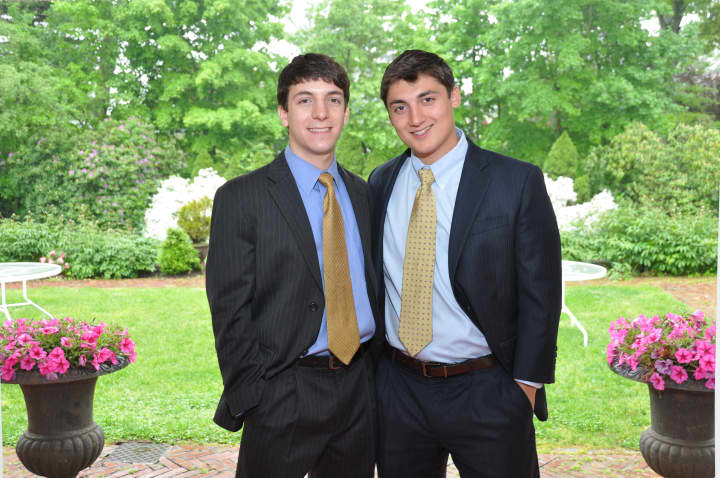John and Christopher DiCapua, 21 and 19, respectively, have received a patent for a device meant to improve the outcome of bystander CPR. The brothers, who developed the device while students at Byram Hills High School, believe the device could save thousands.
The device, a portable ventilator for basic life support, can be paired with an AED (automated external defibrillator), and, if adopted, could likely change the protocol for bystander CPR, which currently suggests chest compressions only because administering mouth to mouth is too difficult for most to do properly.
The ventilator delivers a steady flow of oxygen, allowing for uninterrupted chest compressions and adequate volume required for survival.
Sudden cardiac death from myocardial infarction is the number one cause of death in the U.S. killing more 250,000 people per year. Survival from bystander CPR is only 6.5 percent. One of the main reasons for the poor survival rate in bystander CPR is inadequate ventilation.
The boys named the device, AVAC, (Automatic Ventilation with Assisted Compressions). It was put together using $123 worth of off-the-shelf materials.
"Mouth to mouth CPR is ineffective," John DiCapua said. "We were simply trying to find a better ventilation technique."
Christopher DiCapua said he wanted to create something that was simple enough for public use and portable so it could be used in a hospital.
"You no longer have to worry about delivering oxygen while doing chest compressions," Christopher DiCapua said.
The brothers became interested in first aid as kids when they joined the boy scouts, learning about the importance of emergency preparedness The boys saw the issues with CPR when they had to become certified.
"It was apparent that people were not good at doing mouth to mouth resuscitation," John DiCapua said. "I saw a lot of problems with the technique and wanted to improve it."
Christopher DiCapua said receiving the patent was a wonderful feeling.
"It was two or three years in the making," DiCapua said. "To culminate in a patent was wonderful. The next step is to get the device out there and help people."
Click here to follow Daily Voice Armonk and receive free news updates.



